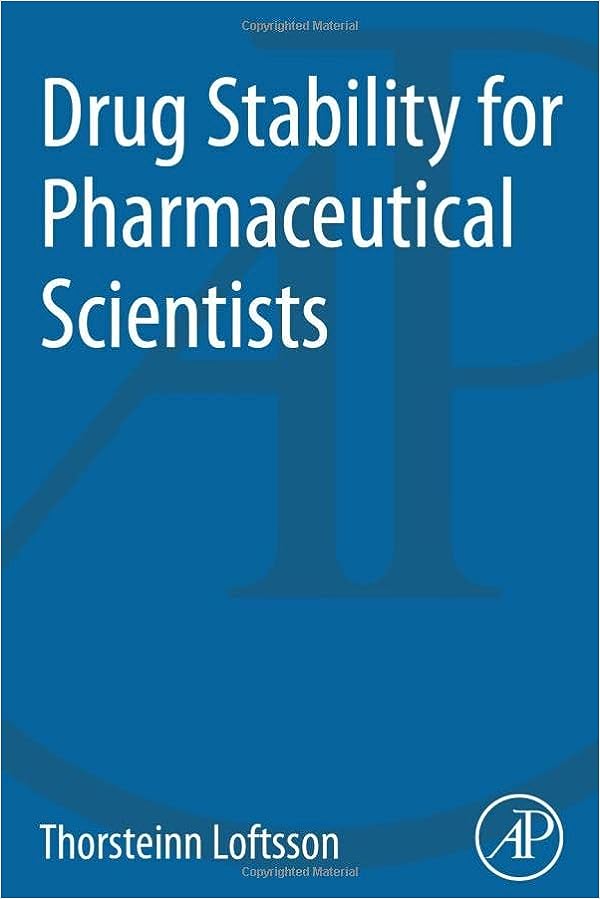Introduction to Physical Degradation
Physical degradation refers to changes in the physical characteristics or appearance of a drug substance or product without involving chemical reactions. These changes can impact the quality, efficacy, and safety of pharmaceutical formulations.
Common Physical Degradation Pathways
Let’s explore some of the most common physical degradation pathways observed in pharmaceutical products:
1. Polymorphism
Polymorphism refers to the ability of a substance to exist in multiple crystalline or non-crystalline forms. Changes in polymorphic form can affect the solubility, dissolution rate, and stability of drug products.
2. Amorphization
Amorphization occurs when a crystalline substance loses its ordered structure and becomes amorphous. Amorphous forms may exhibit
3. Particle Size Reduction
Particle size reduction involves the breaking down of larger drug particles into smaller particles. This can occur due to mechanical stress during manufacturing, storage, or handling, leading
to changes in drug dissolution rate and bioavailability.4. Aggregation
Aggregation refers to the formation of aggregates or clusters of drug molecules. Aggregation can occur due to physical interactions, such as van der Waals forces or electrostatic interactions, and may result in changes in drug stability, solubility, and efficacy.
5. Crystallization
Crystallization involves the formation of crystalline structures within a drug formulation. Crystallization can occur during storage or upon changes in temperature, leading to alterations in drug appearance, solubility, and stability.
6. Hygroscopicity
Hygroscopicity refers to the ability of a substance to absorb moisture from the surrounding environment. Hygroscopic substances may undergo physical changes, such as clumping or caking, which can affect drug appearance, flow properties, and stability.
